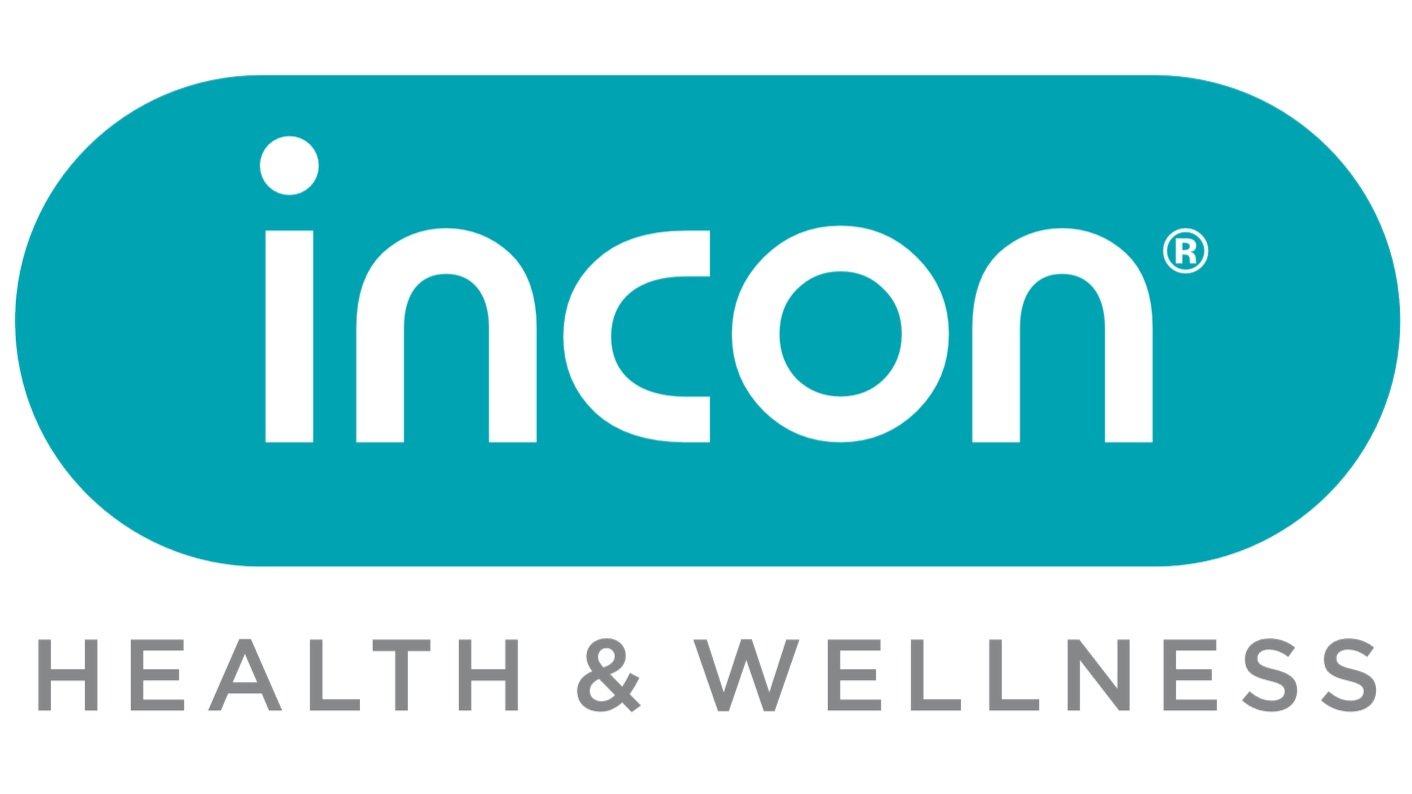Technology & Workplace Safety
Revolutionising Workplace Safety: The Role of Technology in Enhancing OHS
Technology is not just transforming how we work; it’s redefining our approach to workplace safety. From wearable devices to artificial intelligence, the integration of advanced technologies ensures that Occupational Health and Safety (OHS) isn't just about compliance—it’s about creating smarter, safer, and more responsive work environments. Here’s how technology is leading the charge in enhancing safety at work:
Wearable Safety Devices:
Smartwatches and fitness trackers go beyond personal health by monitoring vital signs and detecting potential safety risks in real-time, such as falls or unusual heart rates. Specialised wearables can also monitor exposure to dangerous substances, keeping workers safe in hazardous environments.
Advanced Surveillance Systems:
AI-equipped cameras and drones offer continuous surveillance, spotting unsafe practices or environmental hazards that might escape human oversight. These tools help maintain a secure perimeter around heavy machinery and busy work sites.
Automation and Robotics:
By taking over high-risk tasks, robots and automated machinery protect workers from the direct dangers associated with heavy lifting and repetitive movements, significantly reducing workplace injuries.
Virtual Reality (VR) and Augmented Reality (AR) Training:
These technologies provide immersive training experiences, allowing employees to hone their skills in managing emergencies and handling hazardous materials without any real-world risk.
Mobile Apps:
Safety-focused apps give workers instant access to critical safety information, emergency procedures, and hazard reporting tools, reinforcing a culture of safety wherever they are.
Data Analytics and AI:
Through the analysis of data from past incidents and near-misses, AI can forecast potential risks, enabling a proactive approach to accident prevention that can dramatically alter safety outcomes.
Internet of Things (IoT):
IoT devices embedded in tools and machinery provide essential diagnostics and maintenance alerts, helping prevent accidents caused by equipment failure.
Improved Communication Tools:
Enhanced communication systems ensure rapid dissemination of vital safety information across an organisation, especially crucial during emergencies.
In today’s digital age, technology empowers us to redefine the boundaries of safety, turning reactive measures into proactive safety solutions. As we harness these innovative tools, we create not only safer workplaces but also foster a culture where safety is integral to every operation.

